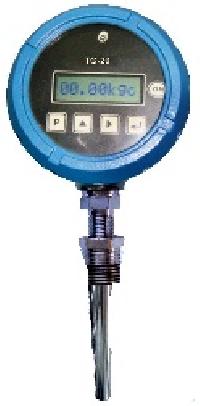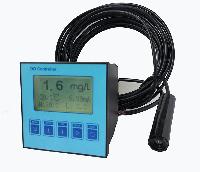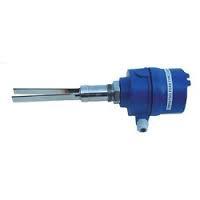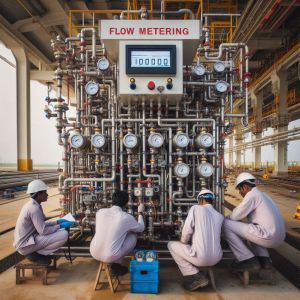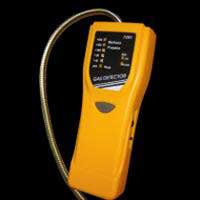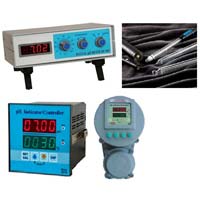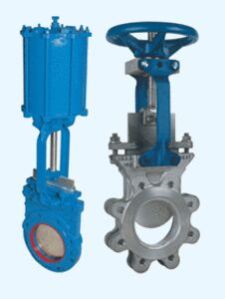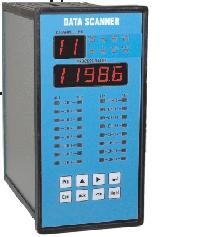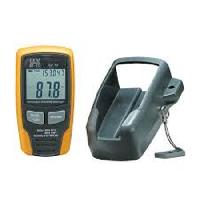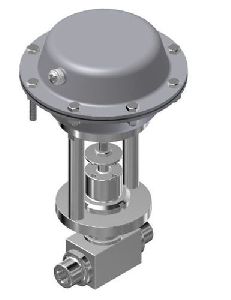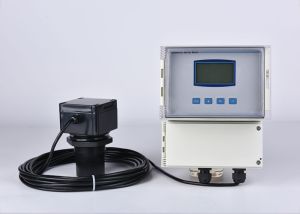| Business Type | Manufacturer, Exporter, Supplier |
| Material | Mild Steel |
| Condition | New |
| Power | Electric |
| Click to view more | |
Product Details
Differential pressure transducers, while similar to standard pressure transmitters, focus on measuring the difference in pressure between two points in a fluid or gas system. They don't provide absolute pressure readings but rather the variation between two pressures. Here's a breakdown of their typical specifications:
General Specifications
· Differential Pressure Range: This specifies the range of pressure difference the transducer can measure (e.g., ±100 Pa, -10 to +10 bar).
· Accuracy: Expressed as a percentage of full scale (%FS) similar to standard transmitters. Typical accuracy for good quality models is ±0.5%FS to ±2%FS.
· Output Signal: The most common output signal is a 4-20mA current loop, but 0-5V or 0-10V voltage outputs can also be found.
· Supply Voltage: The voltage required to power the transducer (typically 24VDC).
·
Performance Specifications
· Temperature Limits: The operating temperature range the transducer can withstand.
· Static Pressure Rating: The maximum pressure each individual input port can handle without damage (important because differential transducers have two pressure inputs). This can be higher than the differential pressure range.
· Proof Pressure: The maximum overall pressure the transducer can withstand without permanent damage (typically 1.5 to 2 times the upper limit of the differential pressure range).
· Burst Pressure: The pressure that will cause catastrophic failure (typically 4 times the upper limit of the differential pressure range).
· Response Time: The time it takes for the output to respond to a change in pressure difference (usually in milliseconds).
Environmental Specifications
· Ingress Protection (IP rating): Similar to other transmitters, this rating indicates the level of protection against dust and water ingress (e.g., IP65 for dust tight and water jets).
· Material of Construction: The materials used in wetted parts (those coming into contact with the process fluid) are crucial. Common materials include stainless steel, Hastelloy C, and Monel.
Additional Features
· Media Compatibility: The type of fluids or gases the transducer is compatible with, considering factors like corrosiveness.
· Communication Protocol (Optional): Some advanced models offer communication protocols like HART for remote configuration and diagnostics.
· Display (Optional): Some transducers may have a built-in display for local pressure difference reading.
· Calibration: Calibration is necessary to ensure accuracy. Some models offer features like zero and span adjustments for easier calibration.
Factors to Consider When Selecting a Differential Pressure Transducer
· Process Connections: The type of fitting used for connecting the transducer to the two pressure points (e.g., NPT, flange).
· Electrical Connections: The type of electrical connector for power and output signal.
· Fluid Compatibility: Ensure the materials and media compatibility specifications match the fluids in your application.
By understanding these differential pressure transducer specifications and additional factors, you can select a suitable model for your specific application that requires measuring pressure differences in liquids or gases.
Looking for "Differential Pressure Transducers" ?
Explore More Products




